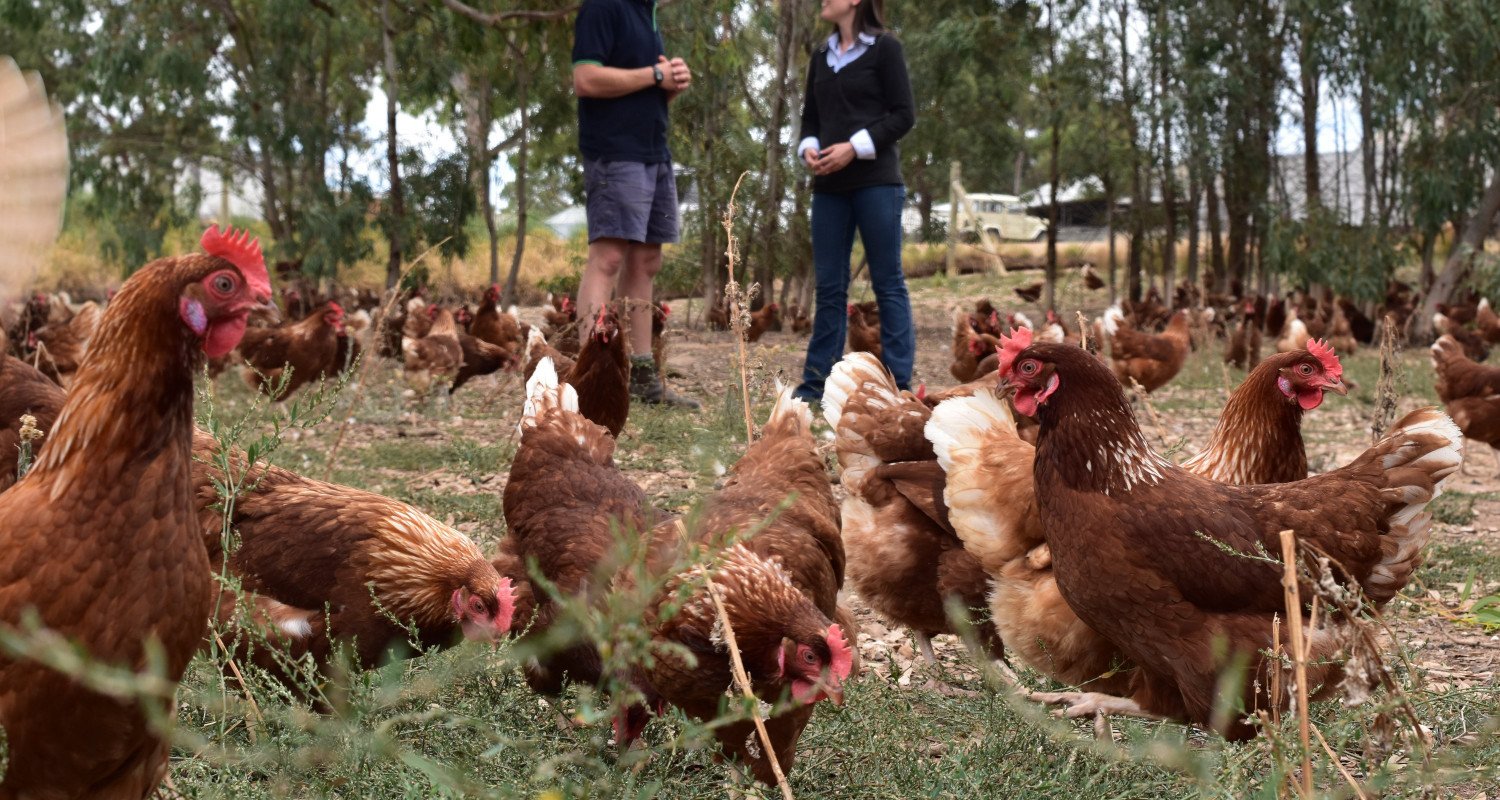
Antimicrobial resistance surveillance in Salmonella isolates from environments on Australian commercial egg farms
- Organisation Australian Eggs, University of Adelaide, WA Department Primary Industries, WA Department of Health, Regional Development and Directorate of Environmental Health, Division of Public and Aboriginal Health
- Full Report
- Publication
- Researchers D.J. Trott, T. Veltman, D. Jordan, C. McDevitt, J. Bell, B. Howden, M. Vulcanis, P. Scott, R. Chia, B.Combs, K. Chousalkar,and T. Wilso
- Categories
- Tags
Antimicrobial resistance surveillance in Salmonella isolates from environments on Australian commercial egg farms
This project was conducted to identify the most appropriate mechanisms for obtaining and performing antimicrobial susceptibility testing on Salmonella isolates obtained from Australian layer shed environments.
This proof-of-concept Antimicrobial resistance (AMR) surveillance study was undertaken to identify the most appropriate mechanisms for obtaining and performing antimicrobial susceptibility testing on Salmonella isolates obtained from Australian layer shed environments.
A total of 307 Salmonella spp. isolates from the years 2015-2018, proportionally representative of the number of layer flocks in each Australian state, were obtained from reference, research and State Department of Health laboratories.
Three main serotypes comprised approximately one half of the collection – Typhimurium (19.9%), Senftenberg (14.7%) and Agona (12.1%).
Overall, the results confirm the low antimicrobial resistance status of Salmonella isolated from Australian caged and free range layer farm environments, which likely reflects the combination of restrictions on antimicrobial use, and in particular, critically important antimicrobial agents including fluoroquinolones, 3rd generation cephalosporins and colistin, combined with effective nonantimicrobial disease control mechanisms.
For consumer-friendly information on eggs and salmonella click here.
